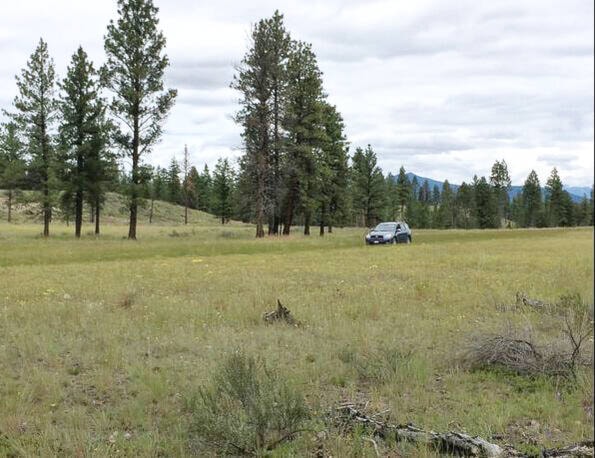The possibility of large scale solar farms dotting the grasslands in the East Kootenay has some residents alarmed, and Columbia River-Revelstoke MLA Doug Clovechok says that at this point he could not support the proposal.
There are only a few days left to comment on the proposal, and you can do so here.
Comments close on December 3, 2023.
The proposal is a licence area of just under 5,000 hectares and comes from a company called Sun Valley Solar. In its management plan, the company says that the final location of the solar farm is not yet known and will depend on “extensive desk-top engineering and financial analysis of each of the five polygon areas during the Investigative Licence term.
“Some of the factors that will influence the project’s final location include the solar resource, site access, proximity to dwellings, terrain shading, constructability of the terrain, proximity to and availability of transmission/distribution capacity, and environmental constraints. Each of these elements will be analyzed during the Investigation phase and an optimized layout will be generated.”
Sun Valley Solar says the final project, if it goes ahead, will require an area much smaller than the original licence area.
A number of residents of the area, led by the Rocky Mountain Naturalists, are concerned about the proposal.
While Sun Valley Solar says the terrain has previously been disrupted by forestry activities or consists of low-lying scrubland, the Rocky Mountain Naturalists disagree. In an Action Alert Communique put out at the end of October, RMN said, “It’s not scrubland – it’s grassland, rangeland, and winter ungulate range. It wasn’t disrupted by forest activities – it was healed so that many of our grassland-dependent species once again have homes and feeding areas.
“What’s wrong with a few panels out in a field? Well, this wouldn’t be a few panels, it would be hundreds of them covering many hectares. They would shade the native grassland plants, adapted to full sunlight, and they would die.
“Preventing invasive plants from taking over under the panels would require great care and maybe lots of chemicals. Sulphur cinquefoil, knapweed, and cheatgrass are already a major problem on our native grasslands.”
The solar farms would need to be fenced off for security and fire protection, RMN says. This means:
• Loss of winter ungulate range for the elk and deer
• Loss of high-value rangeland from local cattle ranches
• Loss of habitat for species at risk that are dependent on grassland and open pine forest
• Severe costs to protecting those facilities from wildfires and prescribed burning done for ecological restoration
There are many sites more suited to solar farms, RMN says, including reclaimed mine and industrial sites such as Kimberley’s Sun Mine.
MLA Clovechok agrees.
“My office in Kimberley is net zero,” he said. “The solar panels are on top of the roof. Lets not chew up wild country.”
He says he’s received many dozens of pieces of communication about the proposal.
“Even getting on a plane in Cranbrook, the gate agent spent 20 minutes or so making sure I know the details.”
Clovechok says the proposal is in its very early stages and it’s not time to push the panic button yet.
“It’s in the discovery process, it’s not a done deal. I urge everyone to comment, if you haven’t yet. There is a process this has to go through, but it’s certainly looking like something I wouldn’t support given the knowledge I have today.”
He added that finding alternate energy sources is important.
“We’ve got to find them, but not at the expense of wildlife and people recreating.”
He would continue to keep a a close eye on the proposal, he said.
Sun Valley’s management plan says that during this initial phase of gathering information on the solar irradiance of the sites, they will consider public engagement, site access, archeology, water courses and fish habitat and bird species and habitat.
